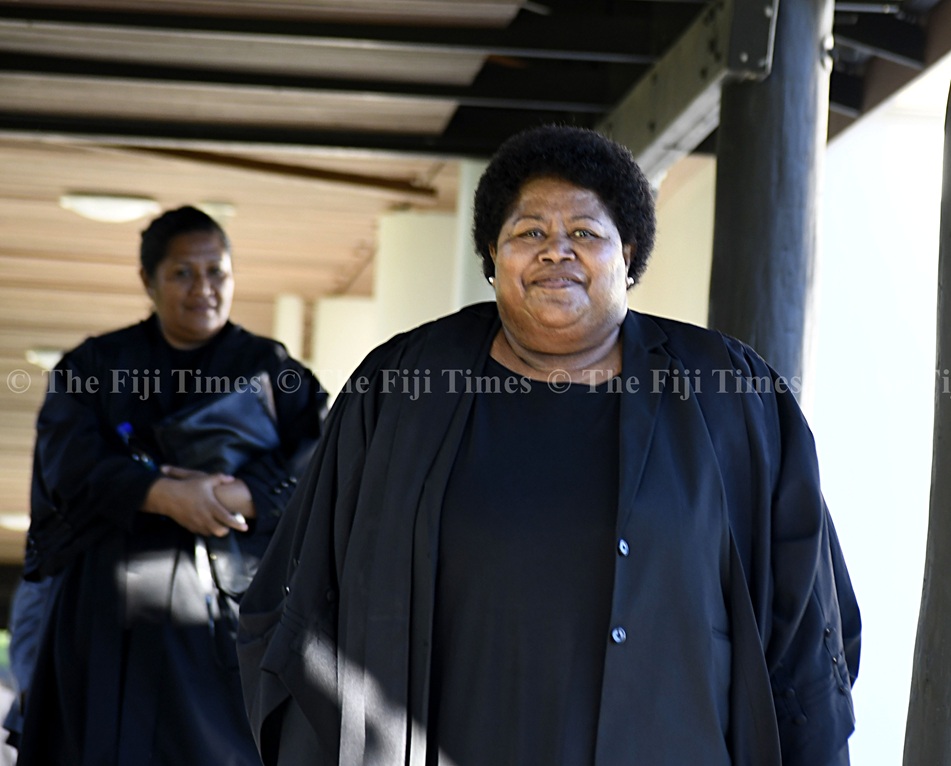The Supreme Court heard yesterday that the 1997 Constitution “coexists” with the 2013 Constitution because it wasn’t fully abrogated in 2009.
As constitutional amendment proceedings continued in the Supreme Court, Unity Fiji party lawyer Naomi Raikaci submitted that the 1997 Constitution was still valid, having never been lawfully removed.
“They coexist because there hasn’t been any national judicial determination in this country to say that the 1997 Constitution has been lawfully abrogated,” Ms Raikaci submitted. “So, these two are still living, the 2013 and the 1997 constitutions.”
In response, Chief Justice Salesi Temo said the 1997 Constitution may not have been buried, but it has been “sleeping and practically dead” for years.
Justice Temo noted that the practical reality could not be ignored.
“From a practical sense, ever since April 10, 2009, the 1997 Constitution has basically been asleep, sleeping when life has proceeded under decrees and the 2013 Constitution,” he said.
“The life of the State, the life of the society, has been determined according to decrees and the 2013 Constitution, so the 1997 Constitution was practically dead.”
However, Ms Raikaci insisted that silence over the years did not mean the people had truly accepted the 2013 Constitution.
She said Fiji has held three general elections under the 2013 Constitution, but these “were imposed on the people”.
“For the past 16 years, this country has developed a system of remaining silence because of fear.
“We have been silent all this time until this new government came in.”
Ms Raikaci said the Supreme Court had clear jurisdiction to determine the validity of the 1997 Constitution as well as interpret the amendment provisions of the 2013 Constitution.
“When we interpret the amendment provisions of the 2013 Constitution, we are also inherently dealing with its application and the legal status of what came before it, namely the 1997 Constitution.
“So, yes, this Court has the jurisdiction to hear and determine the validity of the 1997 Constitution.”



